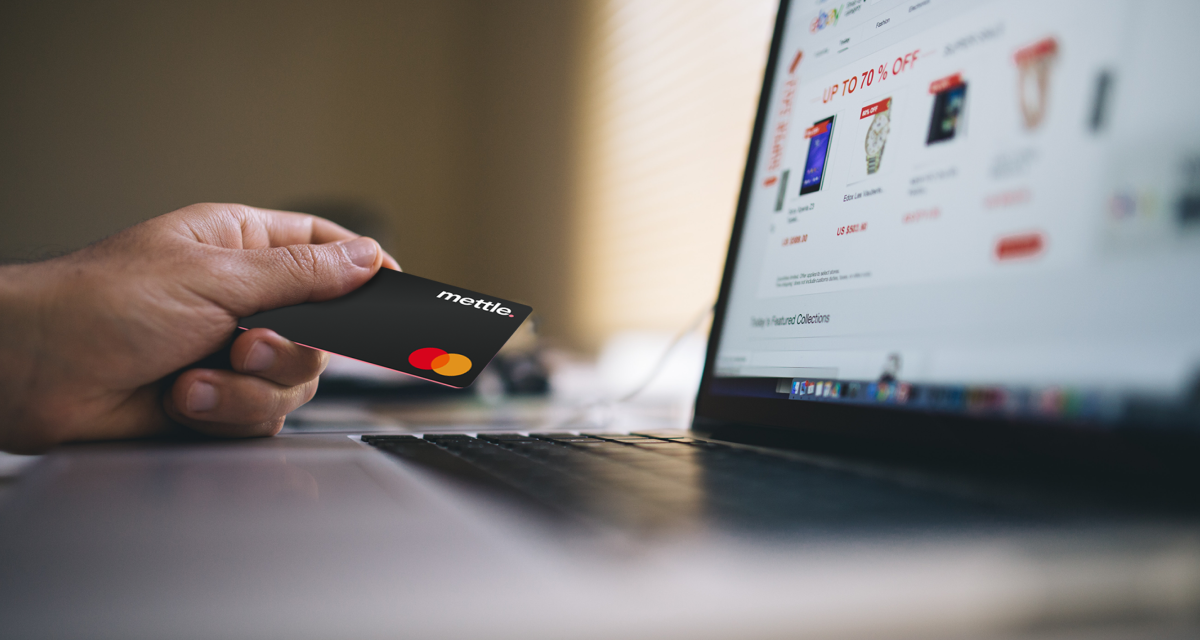The world of online shopping has made it easier than ever to buy the items you want. But as ecommerce sites get smarter and more convenient for customers, so too do the fraudsters. And one such way they are getting at your hard earned money is through online purchase scams.
In this blog, we look at some ways to spot online purchase scams and how to report them.
What is an online purchase scam?
An online purchase scam is where you pay for an item that doesn’t exist. And with social media marketplaces, ecommerce sites, and apps like Vinted and Depop, anyone can offer an item for sale through social media or an online marketplace, even a fraudster.
It can be difficult to spot the difference between a genuine or fake seller and items. Especially as criminals rely on the anonymity of the internet to advertise non-existent goods on websites (including auction sites) and social media. Fraudsters may share some personal details to convince you they’re genuine, and make offers that seem ‘too good to be true’.
When it’s too good to be true
Have you ever seen posts that promise ‘You’ve won a brand new iPhone! Just pay £1 for delivery!’? This is just one way that fraudsters tempt you with low prices, items that are sold out or are rare. There’s usually a good reason why you can’t find the same item elsewhere at the same price: because it’s a scam.
The Metropolitan Police advises you to do your research on the items you want to buy, especially if they sound too good to be true. You should try and find out what is a fair and competitive price for similar goods and services. It’s better to pay more to a genuine seller than to lose your money.
How to protect yourself
Seeing is believing
For larger and more expensive purchases, if you can, go see the items. If you can’t, then pay by card or another way that protects your money. Be suspicious if a seller won’t let you pay by card or a way that offers buyer protection. Fraudsters move your money out of their account very quickly, making it hard for us to trace and get back to you.
If you’re buying a vehicle, you can check it on the DVLA website for free. Fraudsters have been known to use fake adverts for genuine vehicles, so always try to inspect and test drive in person before you pay.
Never pay upfront for the vehicle, any parts for it, or even for delivery without doing your research and checking it out first.
First impressions count
A seller may be recommended, have good reviews on their profile or website, pictures and followers, but it could all be made-up or stolen from other legitimate businesses. One way to tell if they’re genuine is to meet in person. A genuine seller will let you pay in a way that protects your money.
How to check if a website is real
If you want to double-check the website is real, you can use this website to run a search* for a webpage’s domain name. The details should match the contact details listed on the website.
Fraudsters often use stock images or the same image on multiple websites or adverts. You can check if these images appear elsewhere on the internet through a reverse image search on Google.
How to check if a company is real
You can search for a company’s details on Gov.uk. This is a quick way to tell if the company you’re buying from is registered or not. Check to see how long the company has been trading too – if it’s recently been set up, and the deal seems too good to be true, then proceed with caution.
If you’re uncertain about the company, you can also search for the name of the website and include the words ‘scam’, ‘fraud’, or ‘fake’. This could come up with some independent reviews, if any other customer has had issues buying from them.
How to report a Facebook Marketplace scam
If you see something that you think is a scam on Facebook Marketplace, you should stop communicating with the buyer or seller and use this link to report the suspected scam to Facebook.
Facebook also has a handy guide on how to recognise scams on Facebook Marketplace.
How to report a seller or product on Instagram
Instagram has a page where you can learn more about how to avoid scams on the platform, and what to do if you see an ad that you don't like on Instagram.
If you’ve bought something on Instagram but it’s not what you were promised, or something has gone wrong with the purchase, you'll first need to contact the seller directly for help. If the seller hasn't responded to your message, you can contact Instagram for help.
How to report a scam
If you think you’ve come across a fraudulent email scam, you can report it to the National Cyber Security Centre (NCSC) by forwarding it to report@phishing.gov.uk. The NCSC recommends you forward on as many scam emails as you come across.
If you’ve received a suspicious text message, you can forward it to 7726. Your provider will then be able to investigate the text message.
If you’ve been hacked or lost money because of a phishing scam, you must report it to Action Fraud. In England, Wales and Northern Ireland you can report this via the Action Fraud website or by calling 0300 123 2040. If you’re in Scotland, you need to report it to Police Scotland by calling 101.
If you’re looking for more advice on fraud and scams, you can visit the Take Five website. This is a national campaign that offers straight-forward and impartial advice to help everyone protect themselves from preventable financial fraud. This includes email deception and phone-based scams as well as online fraud – particularly where criminals impersonate trusted organisations.
You can also contact the Mettle Customer Support Team via the in-app chat on your Mettle App or call 0800 0987 765 to report a scam.
If there's a transaction you don’t recognise, click ‘Get help with this transaction’ on the payment to be directed to our dedicated Fraud Investigation Team.
*Be aware that this isn't a foolproof way to check details – some businesses might have privacy settings in place to hide their details and so won't show up on this website search.





